150 Years of Brockville History – 1892-1916
150 Years of History – 1942-1966
In honour of Canada150, the Brockville Museum will be starting a special project. For the 150 days leading up to Canada Day (beginning February 1st), we will post to Facebook something that happened in the Brockville area every year from 1867-2017. These posts will include excerpts from the newspapers, photographs and artifacts from the Brockville Museum’s collection. After they have been posted to Facebook, we will add them to this site in 25-year increments.
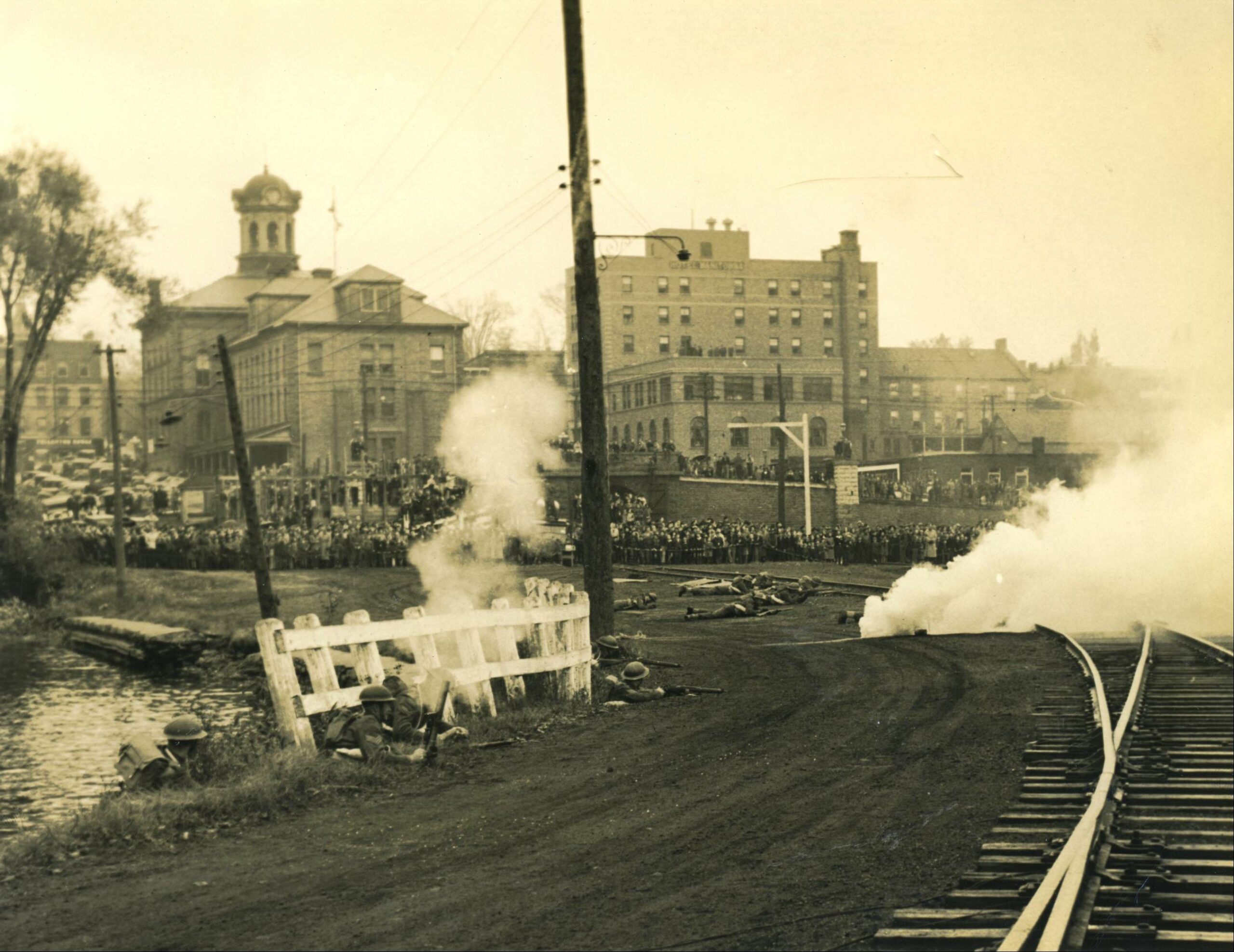
Day 76: 1942
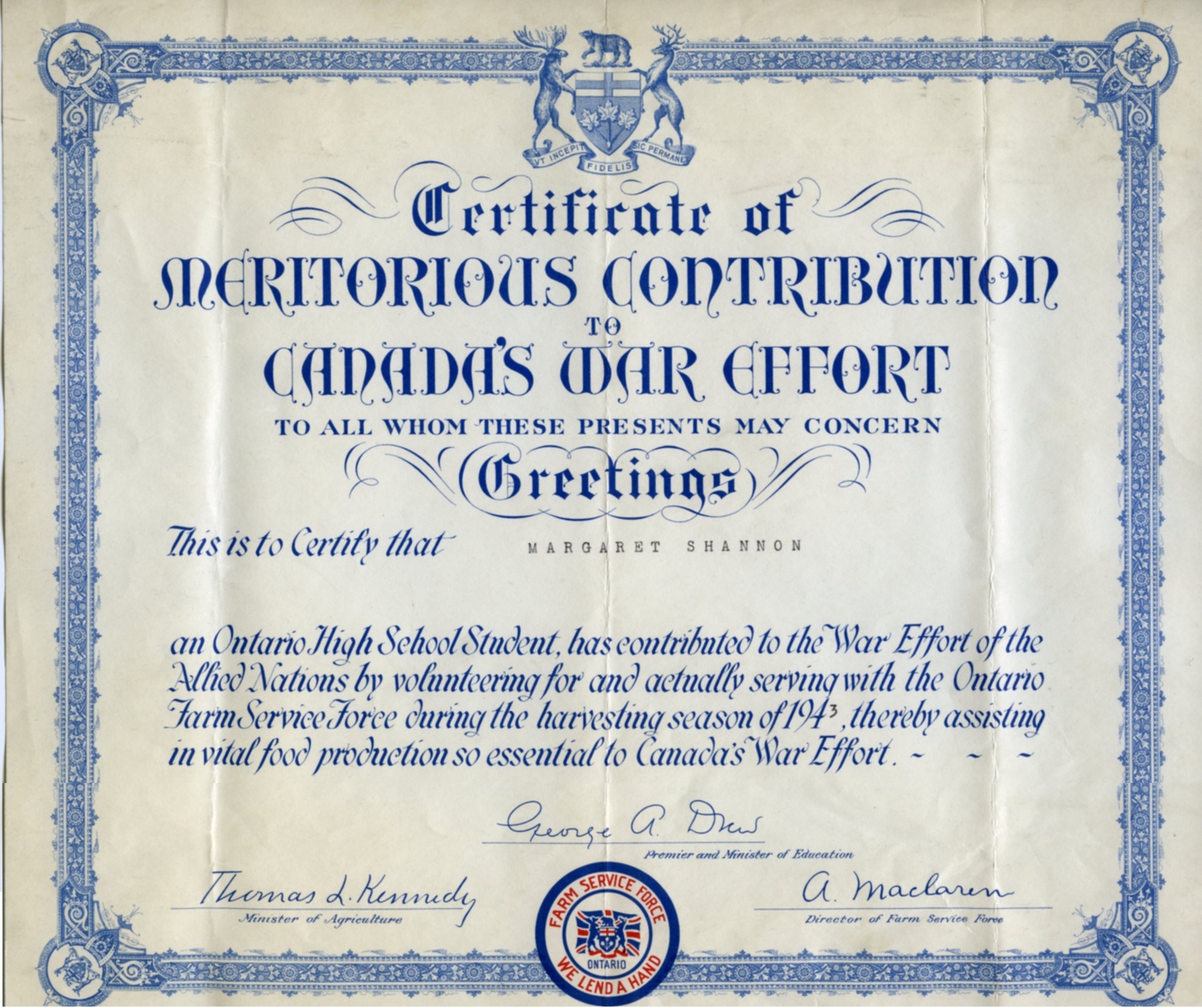
Day 77: 1943
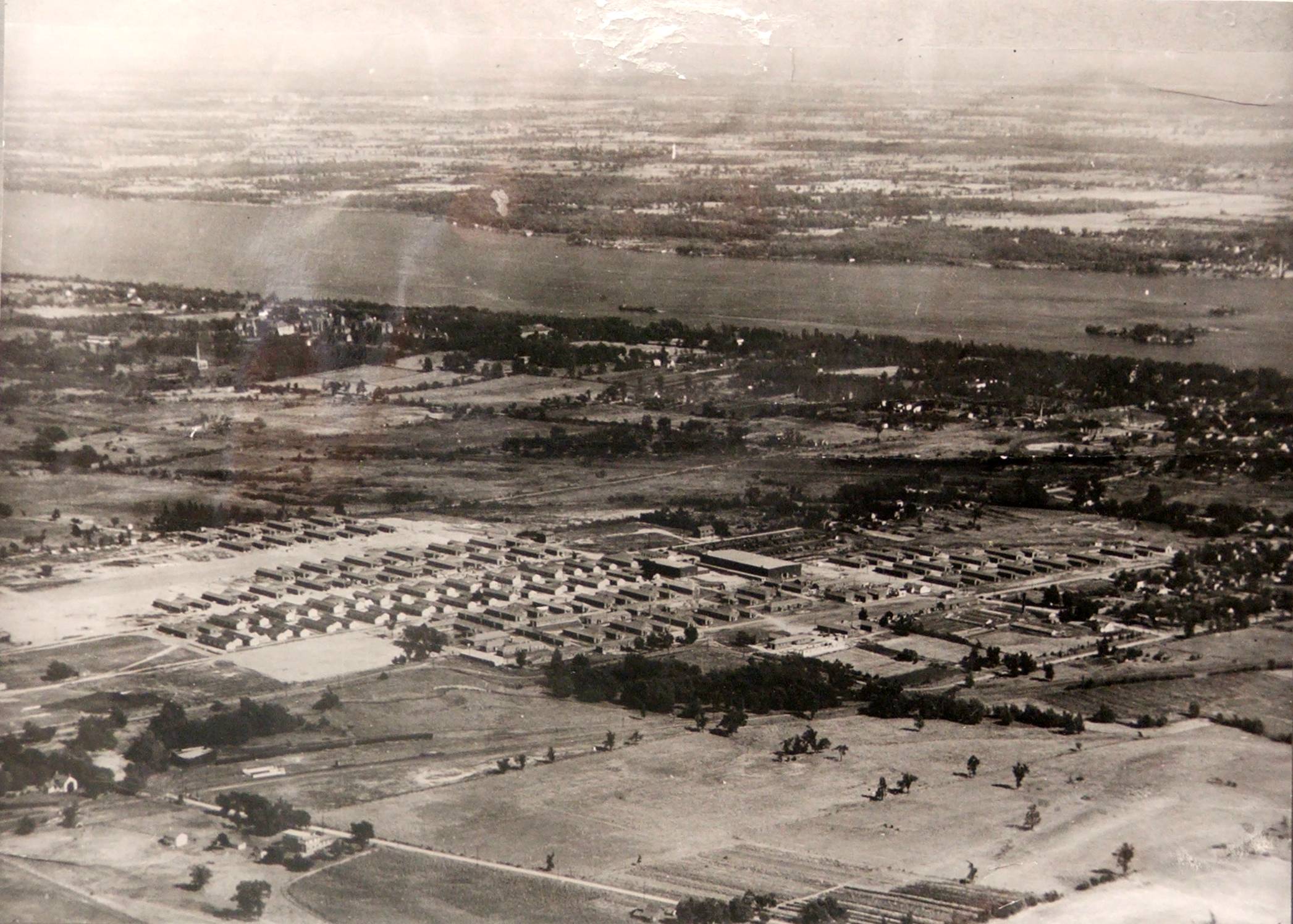
Day 78: 1944
Shared here is an aerial view of the OTC (circa 1944, photographer unrecorded).

Day 79: 1945
Shared here is a photo (photographer unrecorded) commemorating V-J Day in Brockville. The photo captures not only the event, but the look of the downtown 72 years ago.

Day 80: 1946
Shared here is a photo from the HMCS Brockville’s visit to its namesake town in 1954 (Recorder and Times Collection).
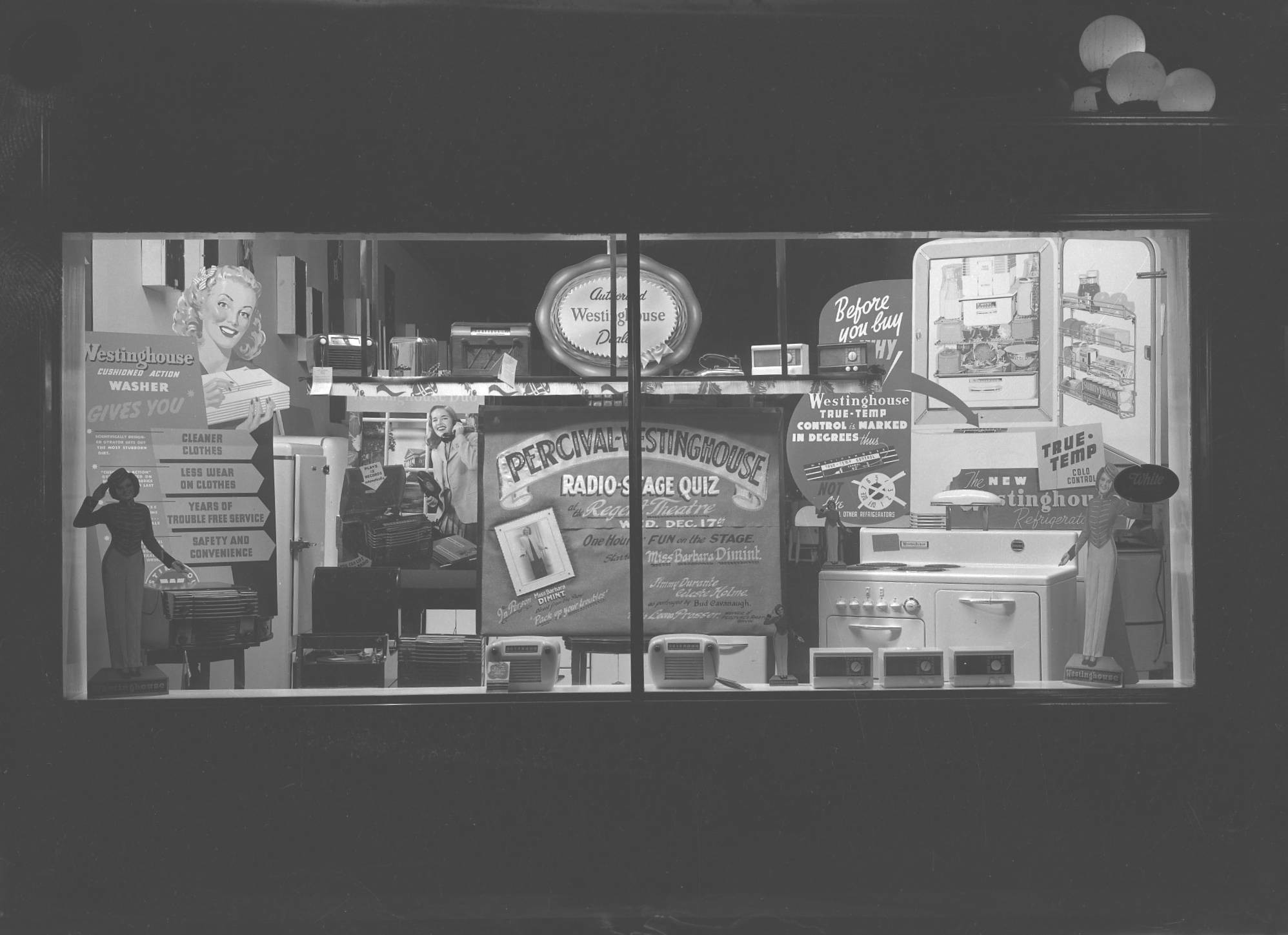
Day 81: 1947
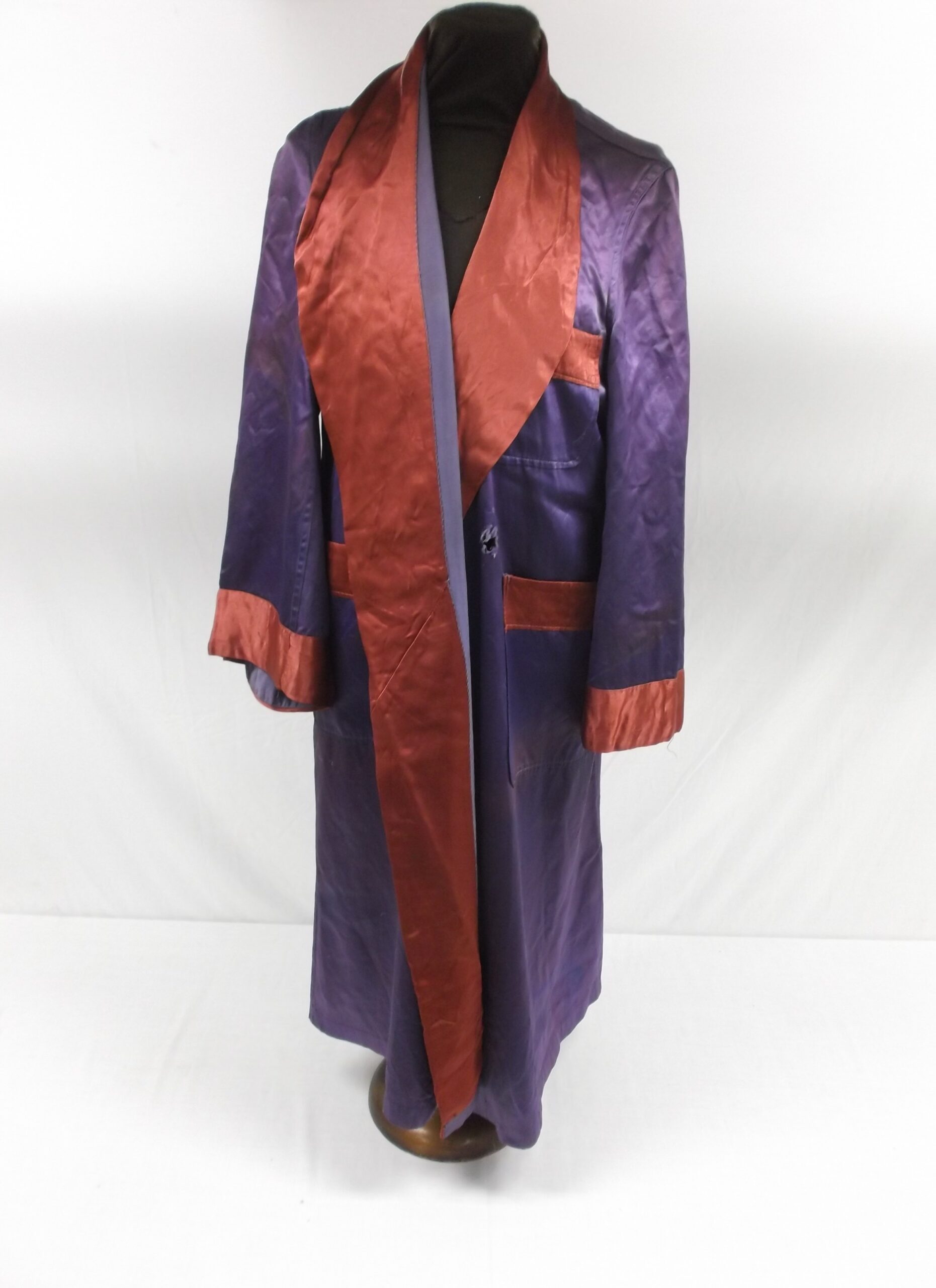
Day 82: 1948
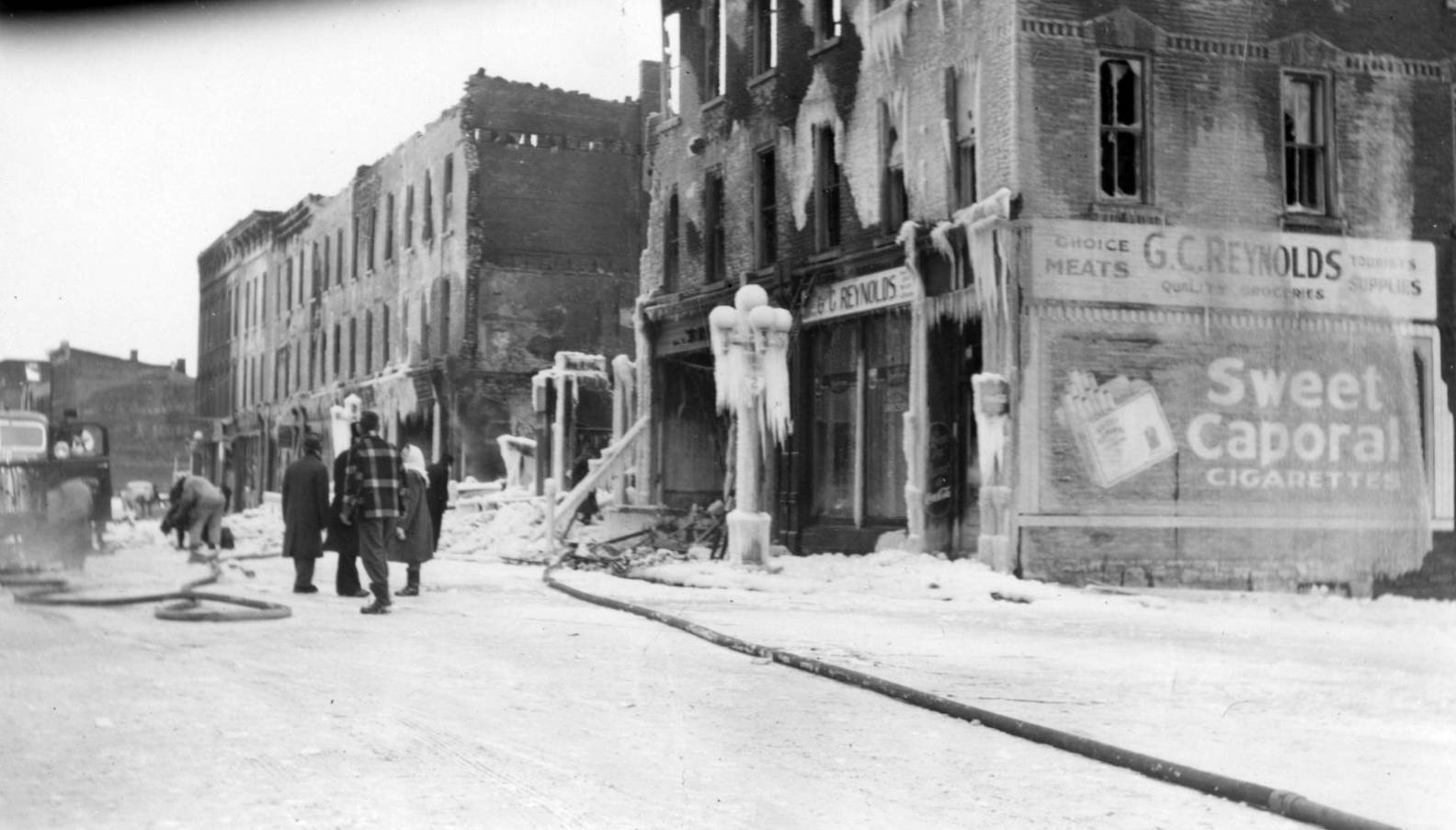
Day 83: 1949

Day 84: 1950
Shared here is a Recorder and Times photo of the dedication (1950).
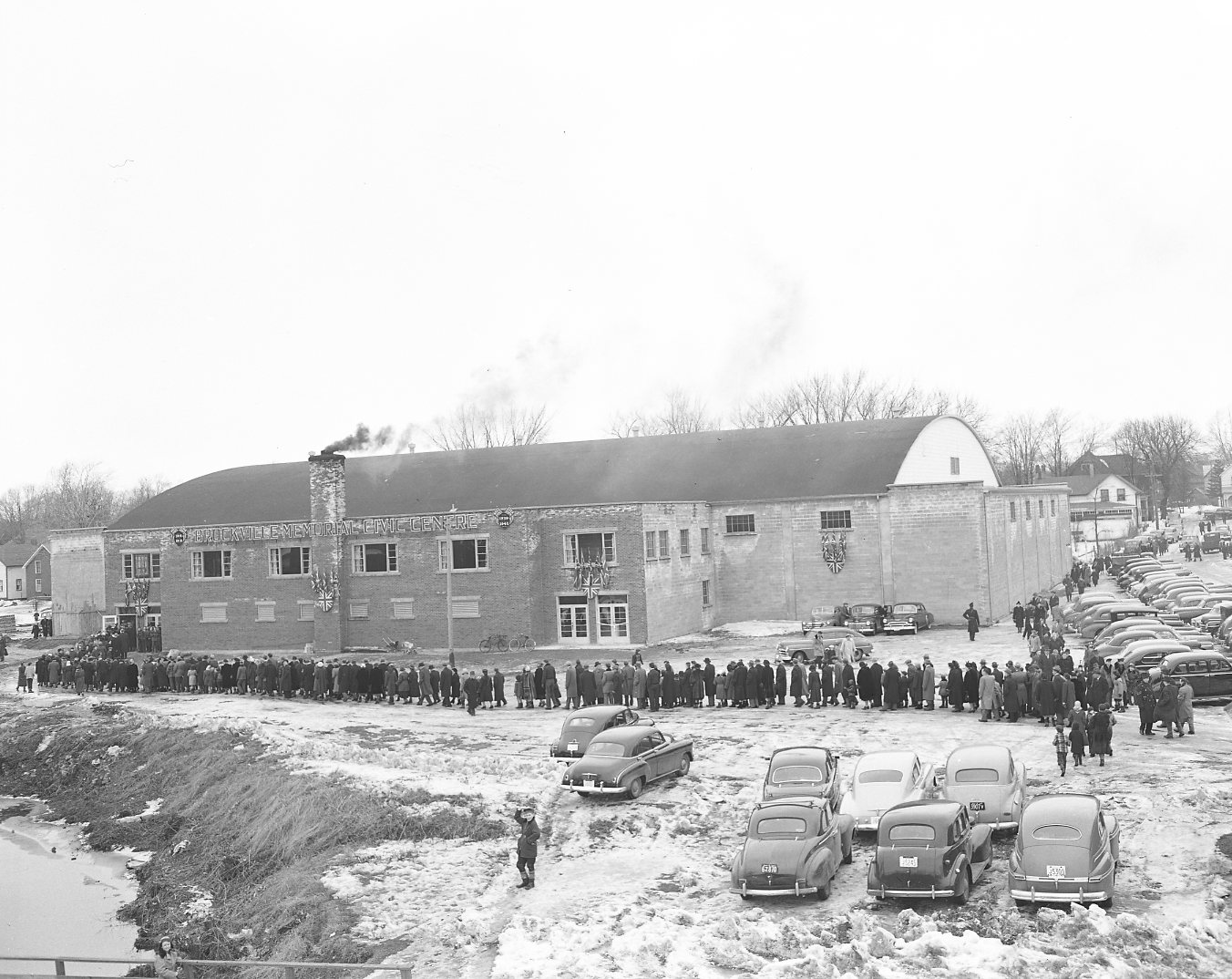
Day 85: 1951
Photo: grand opening in 1951.

Day 86: 1952
Pictured is the original statue the day she was removed.

Day 87: 1953

Day 88: 1954
The original CN coal chutes were built in 1904. The new construction was a more modern steel coal loader. The construction reportedly cost $30,000.
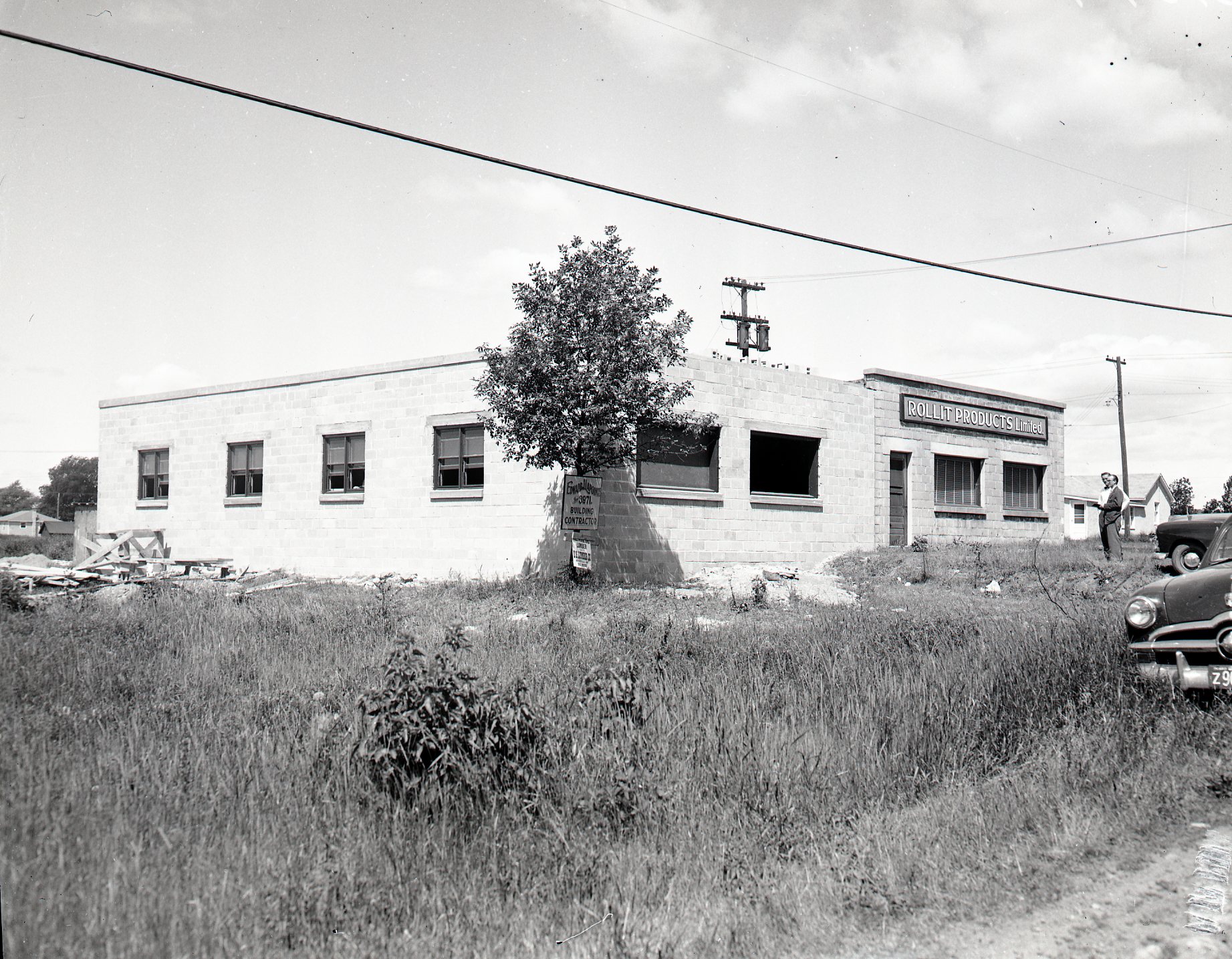
Day 89: 1955
Started by D.E. Lewis, George A. Beale and Eleanor Christy, they incorporated their business in 1948. Rollit Sales Limited (later Rollit Products Limited) began as a small company that manufactured ball-point pens. It soon expanded and employed over a dozen people.
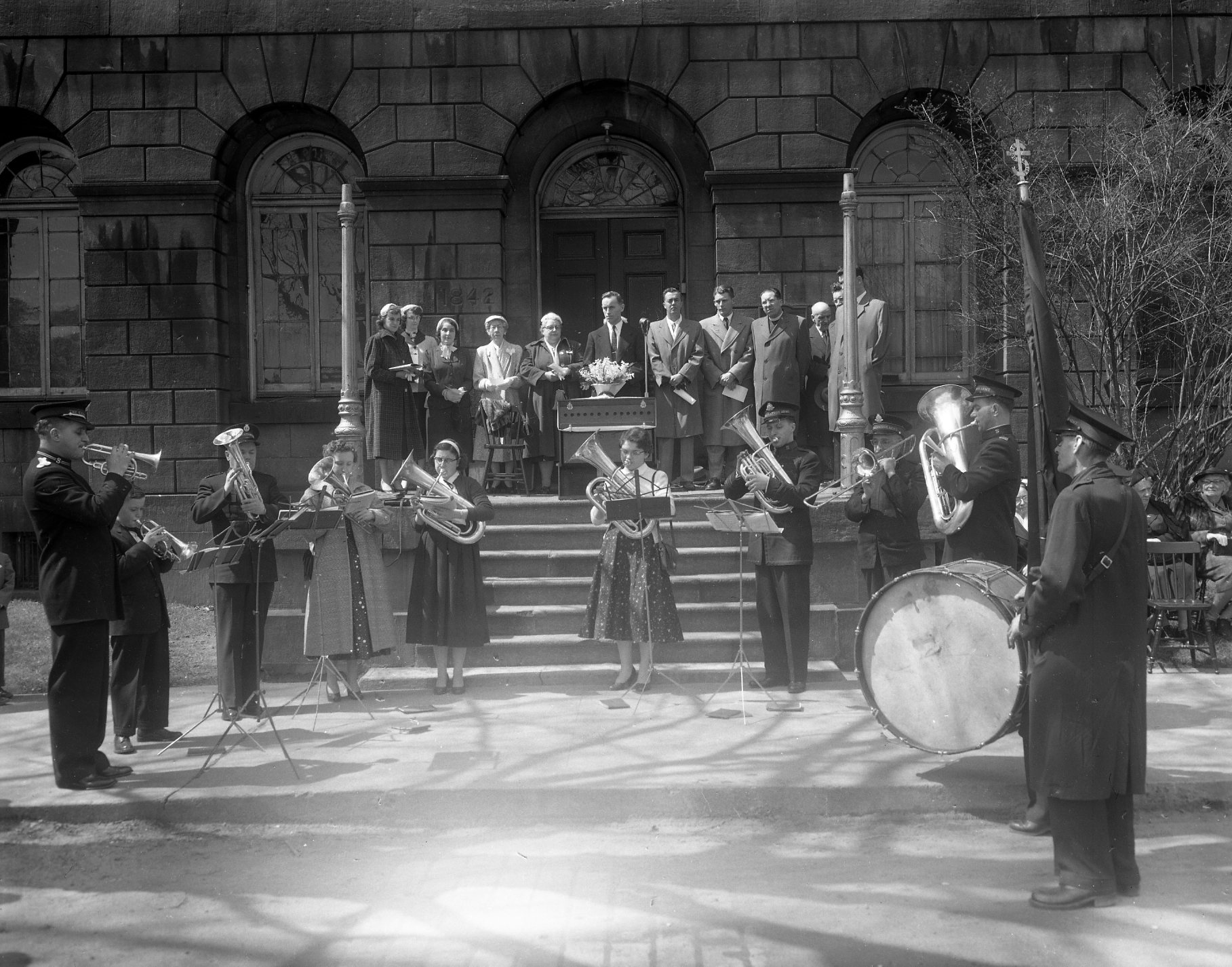
Day 90: 1956
This was not the first donation to Brockville. The most recognisable one is the water fountain located near Little Fulford Park. Placed there in 1939, it was built to celebrate the 100th anniversary of the birth of the organisation’s founder.
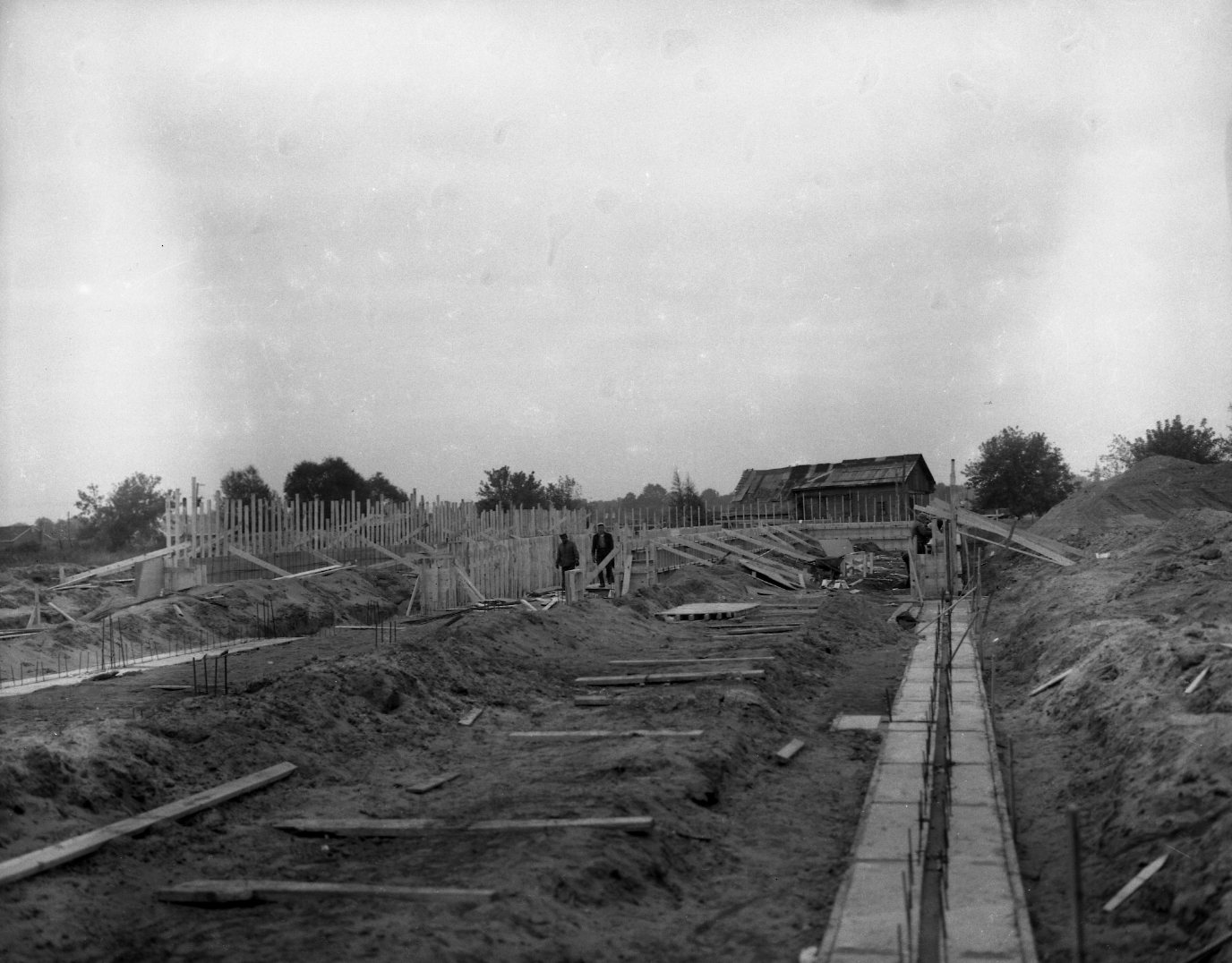
Day 91: 1957
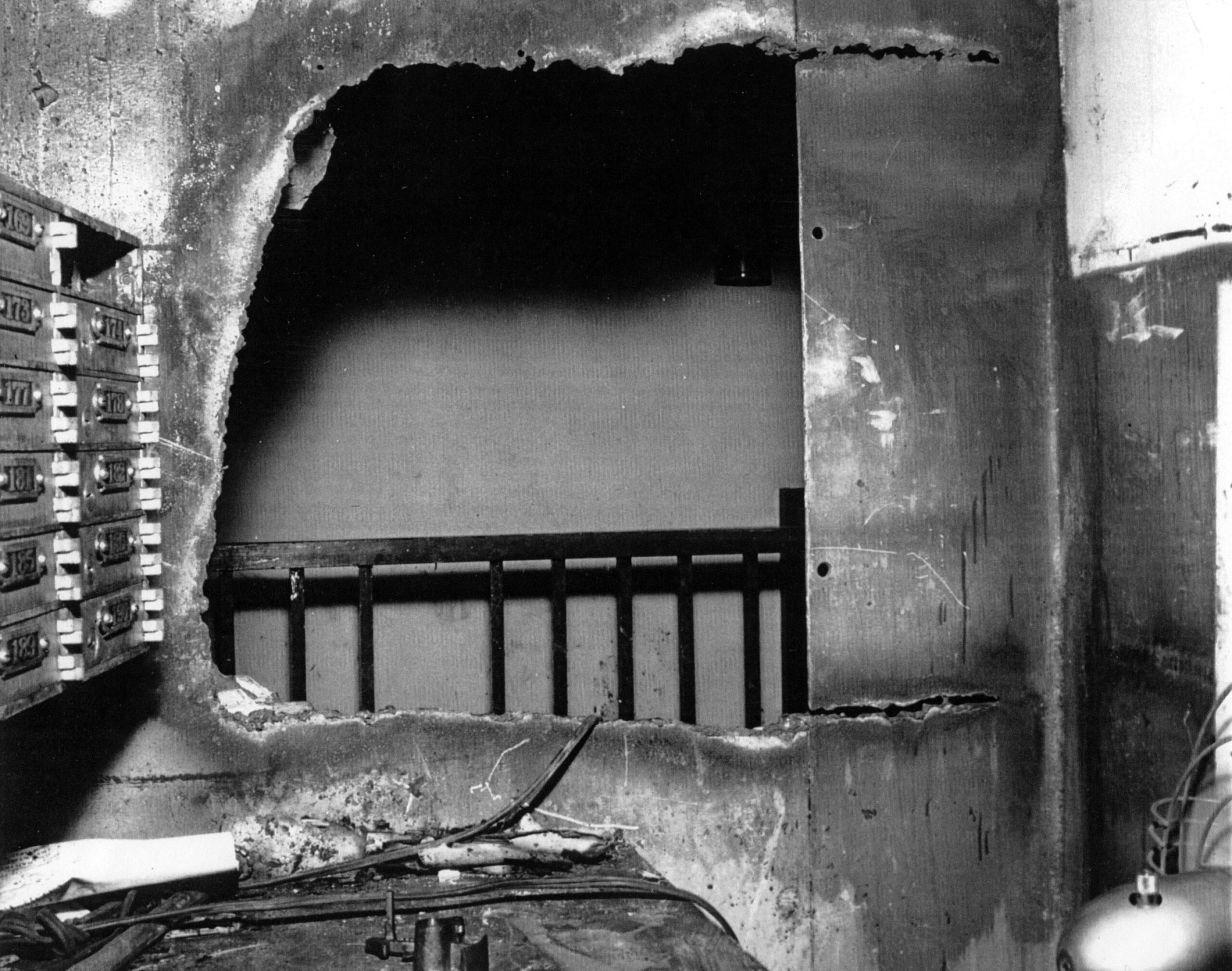
Day 92: 1958
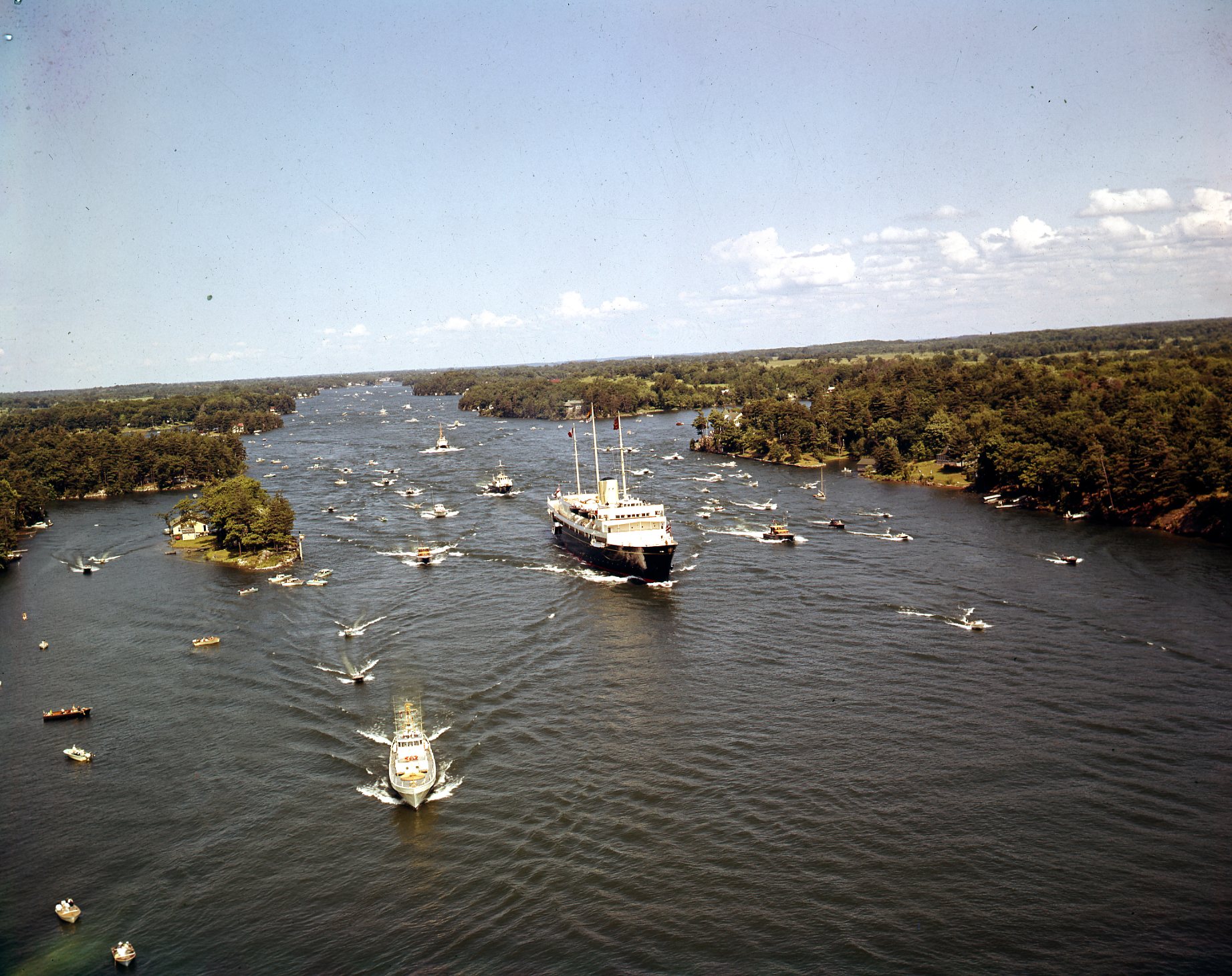
Day 93: 1959

Day 94: 1960

Day 95: 1961
It wouldn’t be long until the site was cleared and a new public park put in its place: Hardy Park. This marked a major change in how the waterfront in Brockville was being used. What was once industrial lands became public green space.
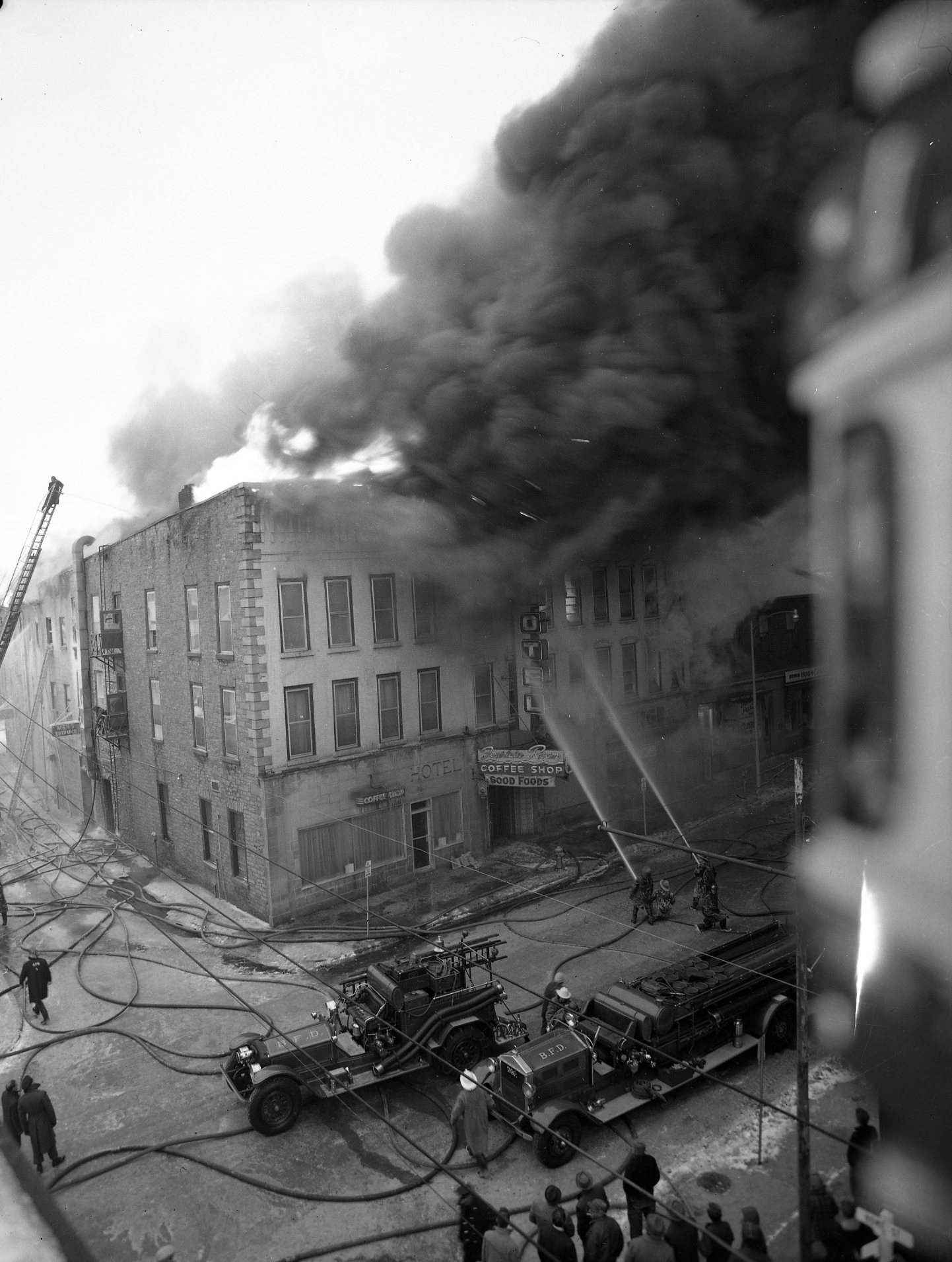
Day 96: 1962
Guests escaped the building by climbing out windows and sliding down makeshift ropes in their pyjamas. One member of the Brockville Police Force was credited with waking up the hotel guests and saving their lives.
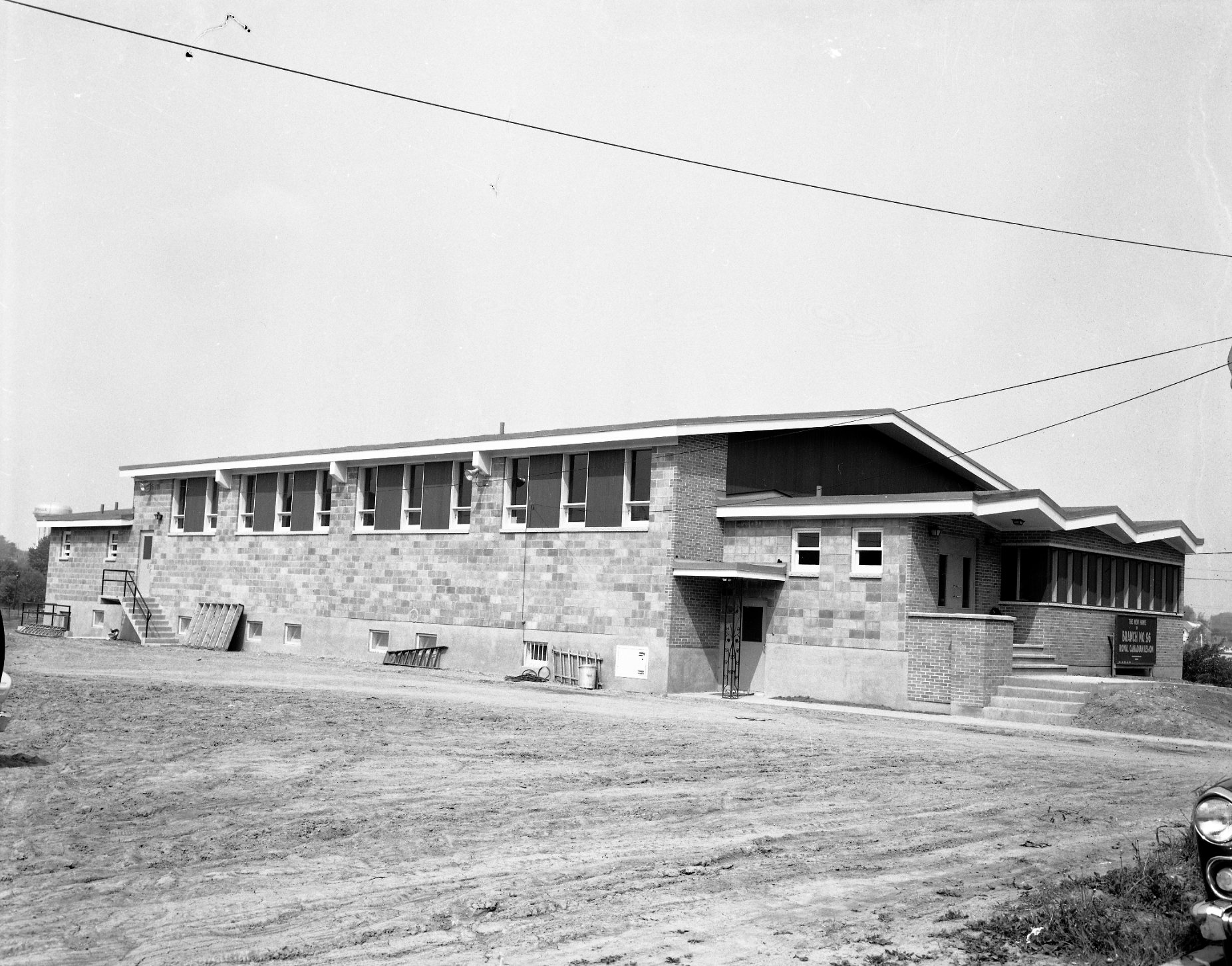
Day 97: 1963
Founded in 1920 as the Great War Veterans Association, they amalgamated with the British Empire Service League in 1927. This group later became known as the Royal Canadian Legion and had its home in Horton School.
Shared here is a photo of the grand opening of the new building in 1964.
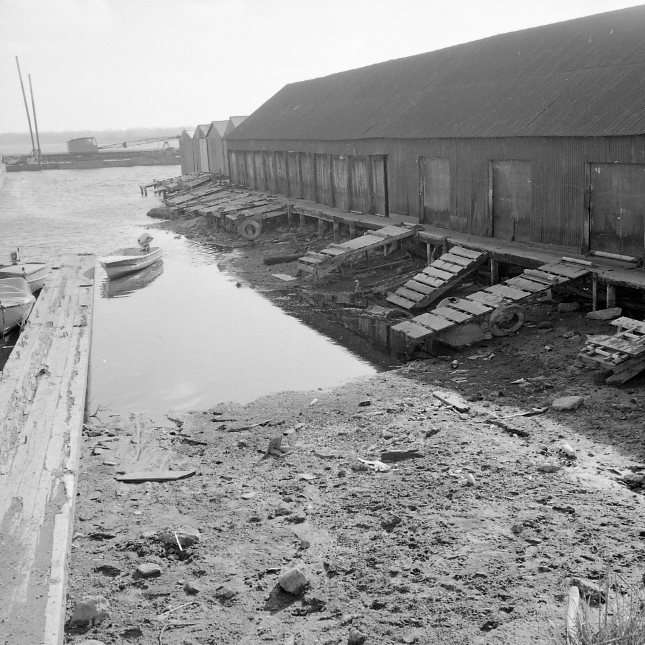
Day 98: 1964

Day 99: 1965

